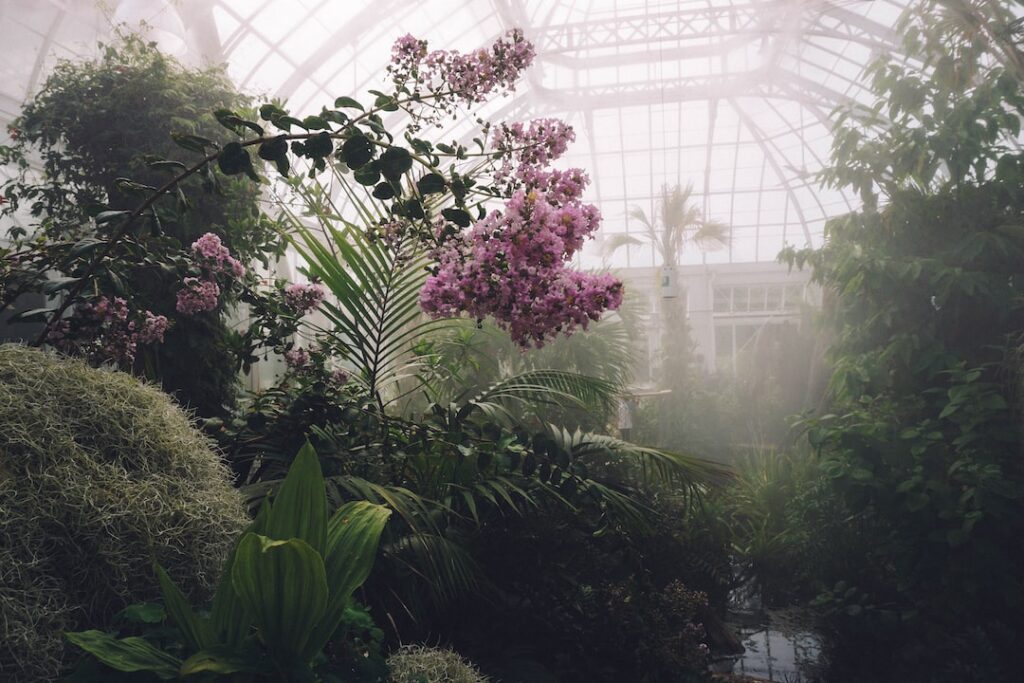The Ultimate Guide to Arranging the Inside of a Greenhouse
If you’re the proud owner of a greenhouse, you probably already know the joy of nurturing plants in a controlled environment. But have you ever wondered how to optimize the space inside your greenhouse for maximum efficiency and plant health? In this guide, I’ll walk you through the process of arranging the inside of your greenhouse to create an ideal growing environment for your plants.
Understanding the Importance of Greenhouse Arrangement
Surprising Statistics
Did you know that properly arranging the inside of a greenhouse can increase crop yields by up to 25%? Additionally, strategically positioning plants and accessories inside a greenhouse can lead to a 30% reduction in energy costs. These statistics highlight the significant impact that greenhouse arrangement can have on both plant growth and operational expenses.
Arranging your greenhouse effectively can help maximize the use of space, optimize sunlight exposure, and create a conducive environment for plant growth. By understanding the importance of greenhouse arrangement, you can take proactive steps to enhance your gardening experience.
Designing the Layout
Assessing Available Space
Before you start arranging the inside of your greenhouse, take some time to assess the available space. Consider the dimensions of the greenhouse, the location of windows or vents, and any permanent fixtures such as benches or shelves. Understanding the layout will help you make informed decisions about where to place different elements.
Zoning
One effective way to arrange the interior of a greenhouse is to divide the space into zones based on the needs of your plants. For example, you might create zones for seed starting, propagation, mature plants, and storage. This zoning approach allows you to allocate space according to the specific requirements of each plant growth stage.
Pathways and Accessibility
When designing the layout, ensure that there are clear pathways for easy access to all areas of the greenhouse. Accessibility is crucial for maintenance, watering, and harvesting. By planning for easy navigation, you can avoid potential damage to plants and create a more efficient working environment.
Selecting the Right Equipment and Accessories
Benches and Shelves
Benches and shelves are essential for creating vertical growing space and organizing your plants. Consider adjustable shelving units that can accommodate plants of different heights. Utilize benches for potted plants or as staging areas for ongoing projects.
Hanging Baskets and Hooks
Maximize vertical space by using hanging baskets and hooks to suspend trailing plants or grow compact crops. Hanging plants not only save floor space but also ensure better air circulation around the foliage.
Storage Solutions
Incorporate storage solutions such as cabinets or storage racks to keep gardening tools, pots, and other supplies organized. An organized greenhouse not only looks tidy but also makes it easier to find and access the tools you need.
Enhancing Light and Ventilation
Sunlight Exposure
Position light-loving plants, such as tomatoes or peppers, closer to the windows or roof vents to ensure they receive adequate sunlight. Conversely, place shade-tolerant plants in areas with less direct light. Understanding the natural light patterns in your greenhouse will help you make informed decisions about plant placement.
Ventilation Considerations
Good airflow is essential for plant health. Arrange your greenhouse to promote air circulation by positioning fans or ensuring that windows and vents are unobstructed. Adequate ventilation helps prevent issues like mold and mildew while also regulating temperature and humidity levels.
Incorporating Irrigation Systems
Drip Irrigation
Consider incorporating a drip irrigation system to efficiently deliver water to your plants. By strategically arranging the irrigation lines, you can ensure that each plant receives the right amount of moisture without wastage. Drip irrigation also helps minimize the risk of water-related diseases by keeping foliage dry.
Water Collection and Storage
Arrange space for water collection barrels or tanks to harvest rainwater, which can then be used for irrigation. Water conservation is not only environmentally friendly but also reduces the reliance on traditional water sources, especially during dry periods.
How to Apply Greenhouse Arrangement in Your Daily Life
Now that you’re equipped with valuable insights into greenhouse arrangement, here are some practical steps to apply this knowledge in your daily gardening endeavors:
1. Assess Your Greenhouse: Take the time to evaluate the layout and available space in your greenhouse. Consider how you can create dedicated zones based on the specific needs of your plants.
2. Optimize Vertical Space: Look for opportunities to utilize vertical space through the use of shelves, hanging baskets, and hooks to maximize the growing area inside your greenhouse.
3. Evaluate Light Exposure: Observe the natural light patterns in your greenhouse and strategically position light-sensitive plants to ensure they receive adequate sunlight while also considering the ventilation requirements of each plant.
4. Implement Water-Efficient Systems: Explore the possibility of incorporating drip irrigation and water collection methods to streamline the watering process while promoting water conservation.
By incorporating these techniques, you can create a well-organized and efficient greenhouse that supports the healthy growth of your plants.
In Conclusion
Arranging the inside of a greenhouse is not just about aesthetics; it’s a strategic approach to creating an environment where plants thrive. By designing the layout, selecting the right equipment, optimizing light and ventilation, and incorporating efficient irrigation systems, you can transform your greenhouse into a productive and enjoyable space for gardening. Whether you’re a seasoned greenhouse enthusiast or just starting, taking the time to arrange and organize your greenhouse can lead to bountiful harvests and a rewarding gardening experience.














